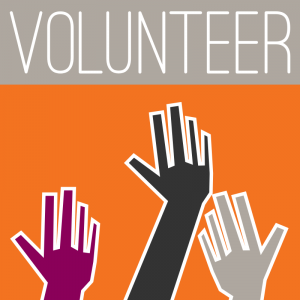Between social media, television, Internet, and yes, even newsstands, a person has to work pretty hard to not hear about new and noteworthy events. Avoiding spoilers in Game of Thrones or the winner of a major election is nearly impossible without a retreat into the wilderness. Now, with passing of one of America’s most prominent journalists and media critics, David Carr, the news has taken a self-reflective turn. We took some time to review the research on how journalists don’t just report the truth—they make it.
Mainstream news provides the general public with information about current events. Choices about what to cover direct attention and influence public opinion, but these choices aren’t always at the center of the action. For example, social movements get more coverage when they appear as formal, professionalized organizations rather than confrontational, volunteer-led groups. It’s news agencies that frequently affect whether a movement is seen as serious and effective or a disorganized bunch of crackpots.
- Kenneth T. Andrews and Neal Caren. 2010. “Making the News: Movement Organizations, Media Attention, and the Public Agenda.” American Sociological Review 75(6).
Network ties and framing strategies within the media also change who gets coverage. Insider self-promotion helps draw attention to stories about social problems, and the old “15 minutes of fame” rule only applies to newcomers. Once celebrity is established, that notoriety has staying power.
- Rachel Best. 2010. “Situation or Social Problem: The Influence of Events on Media Coverage of Homelessness.” Social Problems 57(1).
- Arnout van de Rijt, Eran Shor, Charles Ward, and Steven Skiena. 2013. “Only 15 Minutes? The Social Stratification of Fame in Printed Media.” American Sociological Review 78(2).
Good journalism relies on emotional storytelling, but this isn’t because readers are passive consumers of salacious media. Instead, most are “news omnivores” who learn about events through multiple sources and recognize that even “objective” journalism has an angle. With so much happening in the world, stories that help make meaning and emotional sense out of basic information tend to engage readers.
- Karin Wahl-Jorgensen. 2013. “The Strategic Ritual of Emotionality: A Case Study of Pulitzer Prise-Winning Articles.” Journalism 14(1).
- Stephen Ostertag. 2010. “Processing Culture: Cognition, Ontology, and the News Media.” Sociological Forum 25(4).

